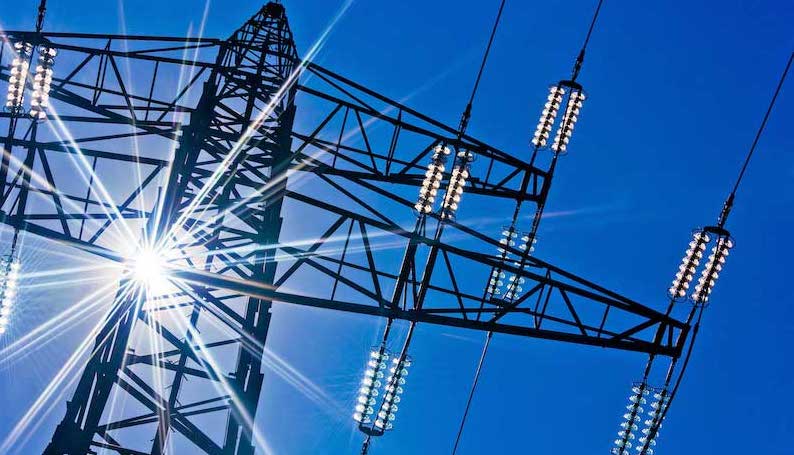How Texans could bolster power grid and save money

Investing in programs that reduce Texans’ energy consumption could cut demand by the same amount of power expected to be generated by a proposed fleet of gas-fired power plants and cost almost 40 percent less, according to a new report.
The findings from the American Council for an Energy-Efficient Economy, a nonprofit, independent research group based in Washington, D.C., show that if the state invested in seven energy efficiency and demand-response programs — like creating incentive programs that encourage homeowners to switch to smart thermostats and heat-pump water heaters — could reach about 9 million Texas households and could slash about 11,400 megawatts of demand in winter months and 7,650 megawatts of demand in the summer. One megawatt is enough electricity to power about 200 homes on a hot summer day.
The study’s authors and other experts have said addressing Texas’ soaring demand for electricity will be crucial to make the state’s grid more stable and less susceptible to outages like those seen during the February freeze. Texas consumes much more electricity than any other state, using more than 429.3 million megawatt hours in 2019, the equivalent of 11 percent of the nation’s total energy consumption.
Addressing that demand, however, has taken a back seat within the Public Utility Commission's discussions on how to overhaul Texas’ deregulated power market to improve grid reliability, said Alison Silverstein, an Austin-based energy consultant who worked for the PUC from 1995 to 2001 and with the Federal Energy Regulatory Commission from 2001 to 2004.
She said commissioners have been “in a super hurry” to come up with a market overhaul before the coldest parts of the coming winter. Commissioners are expected to unveil a blueprint of the market redesign this month.
“They prioritized issues the governor and Legislature told them to tackle, which was on the supply side,” Silverstein said. “It looked to them like energy efficiency priorities would take longer, so they wouldn’t be on the top of the list.”
Among the proposals the commission is considering: an $8 billion fleet of gas-powered plants that can be switched on in an emergency or during tight grid conditions. Silverstein said ratepayers would be on the hook to cover the cost, even though the plants would only be used a few times a year.
While the energy efficiency programs also would likely lead to higher rates and cost about $4.9 billion, Silverstein and the ACEEE argued that they would deliver the most benefit to individual ratepayers, who would see their electricity use and energy bills decrease if they were induced to retrofit their homes and appliances. Rolling out the programs could take as long as five years, but the report’s authors said it would have a longer-lasting benefit.
The report, Energy Efficiency and Demand-Response: Tools to Address Texas' Reliability Challenges, published by the Washington D.C.-based American Council for an Energy-Efficient Economy, was funded by the Cynthia and George Mitchell Foundation and Energy Foundation.

NEWS
Hide Full Index
Show Full Index
View All News